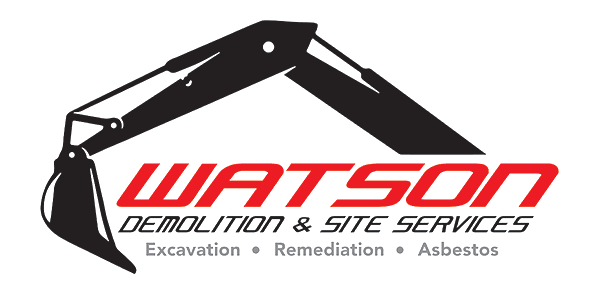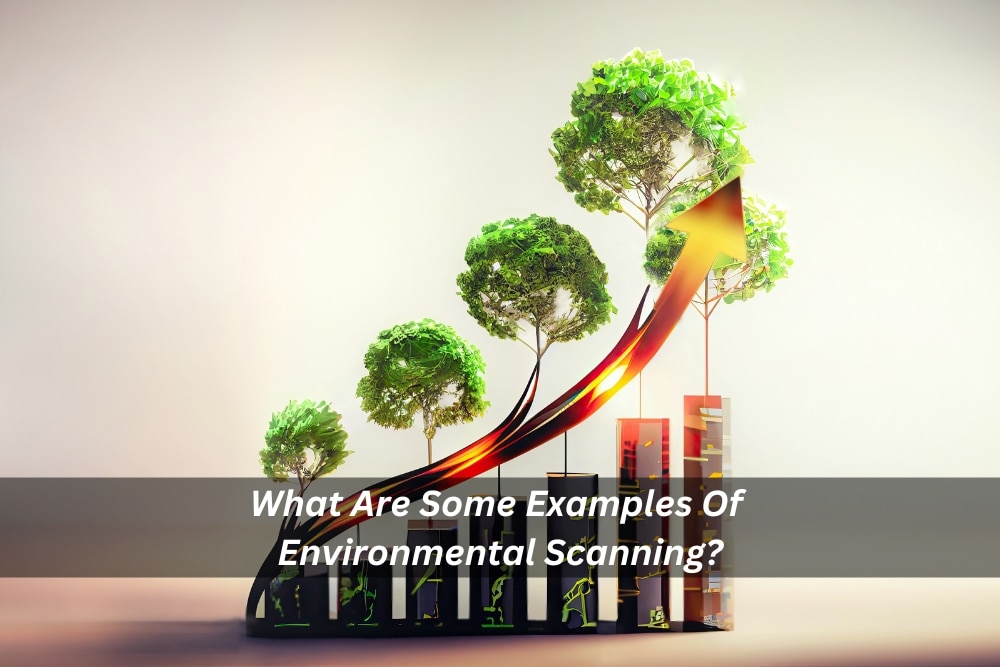The process of environmental scanning is crucial for businesses to stay competitive in today’s world. It involves examining both the internal and external environment to identify potential opportunities and threats. Environmental scanning requires a systematic approach that includes the use of various sources such as secondary sources, a scanning system, and macro environment analysis. In this blog post, we will explore some examples of environmental scanning and how businesses can use it to gain a competitive advantage. So, let’s delve deeper into the process and benefits of environmental scanning.
What does environmental scanning entail?
At its core, environmental scanning is a process of collecting, analysing, and interpreting information about external factors that may affect an individual or organisation. It involves looking beyond the present to anticipate potential future changes. This can be done through monitoring both macro and micro environmental factors.
Environmental scanning also requires monitoring occupational hygiene and environmental conditions within your workplace or industry. This includes keeping an eye on any hazardous materials that may be present in the environment, as well as any potential health risks for employees. Additionally, it’s important to keep up with the latest safety standards and regulations to ensure a safe and healthy working environment.
Why is environmental scanning important for businesses?
Environmental scanning is an essential tool for businesses in today’s ever-changing environment. By gathering information and analysing trends, businesses can stay informed about changes in their surroundings and adapt accordingly. Environmental scanning helps businesses identify potential opportunities and threats, as well as understand the external environment better. This can help them make more informed decisions and devise strategies to remain competitive.
Environmental scanning involves analysing various factors such as political, economic, socio-cultural, environmental, technological and legal/regulatory issues. Businesses must continuously monitor these changes to keep abreast of developments that may affect them or offer opportunities for growth. For example, they need to be aware of any new technologies being developed that could benefit or disrupt their industry, as well as any changes in the political or economic landscape that could have an impact on their operations.
Occupational hygiene and environmental monitoring are also important components of environmental scanning. This involves assessing health and safety hazards to workers, as well as monitoring air, water, soil and noise pollution levels. By regularly conducting such assessments and monitoring activities, businesses can ensure they are complying with relevant regulations and providing a safe environment for their staff.
What are some instances of conducting environmental scanning?
- Some examples of conducting environmental scanning include analysing customer feedback, monitoring competitor activities, researching industry trends, assessing political and economic influences, monitoring technological developments, and investigating legal/regulatory changes. By regularly gathering and analysing data from these sources, businesses can gain a better understanding of their environment and devise strategies to remain competitive.
- Another example of environmental scanning is the SWOT analysis. This involves examining an organisation’s strengths, weaknesses, opportunities and threats in order to assess its position in the market. The information gathered through this process can be used to create a strategic plan for the company or develop new marketing strategies.
- Occupational hygiene is also an important part of environmental scanning. By regularly conducting occupational hygiene activities, businesses can identify potential risks and take steps to reduce or eliminate them.
- Finally, environmental scanning is often done through a management information system (MIS). This is an integrated system that collects, stores and analyses data from both internal and external sources in order to provide insights into the business environment. MIS helps businesses make strategic decisions by providing a comprehensive view of their environment.
What are some effective methods for conducting occupational hygiene and environmental monitoring?
- In order to effectively conduct occupational hygiene and environmental monitoring, businesses must take a proactive approach. This involves regularly assessing the working environment for hazards, as well as implementing controls and procedures to mitigate any risks identified. It’s also important to have clear communication with employees about any health and safety concerns they may have.
- Regularly conducting occupational hygiene surveys can help identify potential risks before they lead to injury or illness in the workplace. These surveys can include air quality testing, noise monitoring, formaldehyde testing, lighting assessment and other checks to ensure employees are working in a safe environment. Additionally, businesses should consider conducting regular maintenance on their equipment and machinery to reduce the risk of accidents or illnesses due to faulty equipment.
- Businesses should also stay up to date on any new regulations or laws that may affect their operations. This includes monitoring changes in local, state and federal laws that could impact their day-to-day activities.
- Finally, businesses should set up an environmental management system (EMS) to ensure they are meeting all relevant standards and regulations. An EMS helps businesses identify risks and develop strategies for successfully managing them.
Conclusion
To sum up, environmental scanning is an essential process that helps businesses stay informed of developments in their environment and make strategic decisions accordingly. Examples of conducting environmental scanning include analysing customer feedback, monitoring competitor activities, researching industry trends, assessing political and economic influences, monitoring technological developments, and investigating legal/regulatory changes. Another important part of the process is occupational hygiene, which involves assessing health and safety risks in the workplace. Finally, it’s important to use management information systems (MIS) to collect data from both internal and external sources in order to gain a comprehensive view of the environment.
At Watson Demolition & Site Services, our team of experts is here to help you develop a thorough environmental scanning and occupational hygiene process. We have the experience and expertise to provide the resources and guidance you need to ensure your business is meeting all applicable standards and regulations. Contact us today to learn more about how we can help you stay informed of developments in your environment.



